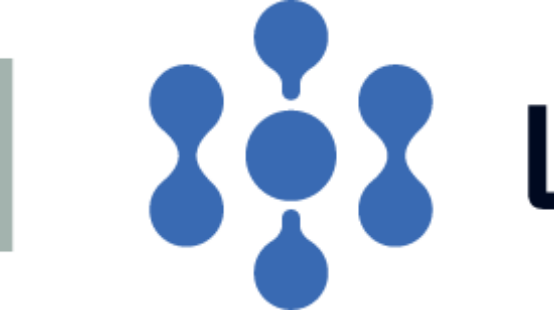
As we’ve progressed with digitisation, it’s become clear that many organisations have approached technology in a piecemeal way, and that is not only inefficient but it’s leaving what McKinsey estimate to be up to $1trillion of profit on the table.
In today’s world, we have so many connections and yet so much that isn’t connected because it exists in separated eco systems. The Covid pandemic highlighted this problem as it became essential to connect health data with other systems and apps that could help tackle the crisis. It also highlighted the importance of data quality and how that data is manipulated. The UK reported almost 15,000 Covid cases going under-reported and not being asked to isolate, due to manual processing and recording systems. Platforms which could reliably draw clean data through multiple APIs, would have generated much more accurate information.
Claire Barrett is a Director at APIsFirst, and the leader of the global Women in APIs initiative. She told me that there needs to be a shift in mindset, ‘Doing the same things differently—faster, cheaper, with a better user experience—is no longer enough to compete and/or grow at scale. Success comes from also doing different things altogether.
‘Smart use of technologies such as AI for insights and learning, cloud for scale and resilience, or DevOps for engineering agility makes it easier and faster to: digitise processes, reimagine customer or colleague experiences, and innovate. However, the boldest moves are being made where organisations are creating opportunities for connection beyond traditional boundaries and current products and services. Application programming interfaces (APIs) are key to this approach: they effectively unlock doors to new business models.’
APIs shouldn’t be seen as mere connectors, a way to share data, they are an important tool in innovation. Some people are likening a business without APIs, to allow other software programmes to interact with it, as being like a company that failed to harness the internet back in the day. It’s why IBM has opened up access to its supercomputer, Watson, through APIs. They know that by linking with third-party services/software and partners, they can grow their business potential far faster than trying to innovate alone.
APIs aren’t the magic key. If your legacy systems are cranky and producing data which is unreliable and not up to standard, then even the best API will struggle to help—but they can break down barriers and generate value for those that do. This principle is important whether it’s public government systems, or a private business.
The Estonian Government leads in this regard. They ask for a citizen’s information just once. That information is shared across all areas of government, providing a seamless system catering for its peoples’ needs. In Jersey we have a Parish system, a central government, and separate health records. While privacy and data protection must be paramount, there is still plenty of scope for a more efficient way of running a small island.
I’d like to see us having more conversations about APIs, their potential and their strategic significance. This isn’t about technology firms benefitting, it applies to all sectors. While mature organisations might initially only use APIs to connect existing systems with new ones, it is important they also recognise the potential they bring for enhanced products and services. APIs will be crucial to us as we develop the Digital Twin of Jersey. It’s a virtual 3D visualisation of the Island which will draw on live data from multiple sources through APIs to allow citizens and organisations to access information and insights about the Island. The possibilities are endless, but as an example, the Digital Twin could link to the Government’s traffic sensor network to give you a real-time glimpse of traffic jams on your way into work or draw on the live weather radar to predict exactly what the weather will be like on the cycle to school.
I’d be interested to hear your thoughts on what place you think APIs have in the whole data ecosystem.




